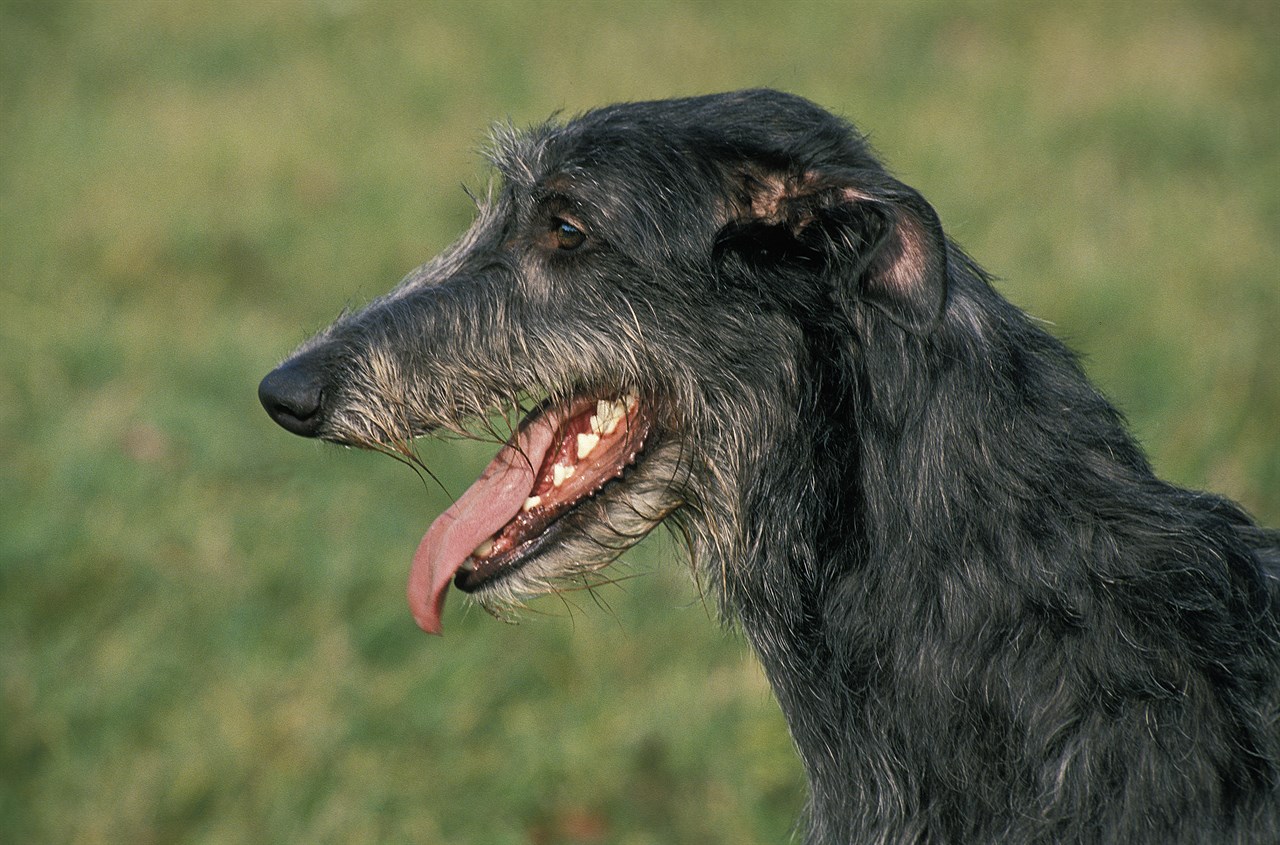Toilet Training the Deerhound: Patience and Consistency

Toilet training, often referred to as housebreaking, is a crucial aspect of raising any dog, including the majestic Deerhound. Due to their large size and unique temperament, Deerhounds require a thoughtful and patient approach to potty training. Here are some guidelines to help you successfully toilet train your Deerhound puppy:
Start Early
Begin toilet training as soon as you bring your Deerhound puppy home, typically around 8 to 12 weeks of age. Puppies have limited bladder and bowel control, so it's essential to establish good habits early on.
Establish a Routine
Consistency is key when it comes to toilet training. Establish a regular schedule for feeding, bathroom breaks, and playtime. Take your puppy outside to the designated potty area at the same times each day, such as after meals, after waking up, and before bedtime.
Choose a Designated Potty Area
Select a specific spot in your yard where you want your Deerhound to relieve themselves. Consistently taking them to this spot will help them associate it with bathroom time. Be patient and wait for them to do their business.
Positive Reinforcement
Praise and reward your Deerhound puppy when they successfully go potty outside. Use verbal cues like "good potty" or "go pee" to associate the action with the words. Treats and affection serve as positive reinforcement, reinforcing the desired behaviour.
Supervise Closely
Keep a close eye on your puppy when they are indoors. Signs that they need to go potty include sniffing, circling, or whining. When you notice these signs, immediately take them outside to the designated potty area.
Be Patient and Understanding
Deerhounds are known for their sensitive nature, and harsh punishment can be counterproductive. If your puppy has an accident indoors, avoid scolding them. Instead, clean up the mess calmly and thoroughly to remove any scent that might attract them back to the same spot.
Use Crate Training
Crate training can be a valuable tool for toilet training. Dogs naturally avoid soiling their sleeping area. When your puppy is not supervised, place them in a crate just large enough to stand, turn around, and lie down comfortably. Take them outside immediately when you release them from the crate.
Gradual Independence
As your Deerhound puppy gets older and their bladder control improves, you can gradually give them more freedom indoors. Start by expanding their access to one room at a time until they can roam the house without accidents.
Monitor Water Intake
Be mindful of your puppy's water intake, especially in the evening. Limit access to water a few hours before bedtime to reduce the likelihood of nighttime accidents.
Consistency is Key
Toilet training a Deerhound, like any breed, requires patience and consistency. It's essential to maintain a regular schedule, offer positive reinforcement, and be patient as your puppy learns. Keep in mind that some puppies may catch on quickly, while others may take more time.
In conclusion, toilet training a Deerhound puppy can be a rewarding experience when approached with patience and a consistent routine. Remember that each dog is unique, and it's important to adapt your training methods to your puppy's individual needs. With time, positive reinforcement, and a lot of love, your Deerhound will become a well-trained and well-mannered member of your family.
Deerhound puppies for sale
- Find Deerhound puppies for sale in ACT
- Find Deerhound puppies for sale in NSW
- Find Deerhound puppies for sale in NT
- Find Deerhound puppies for sale in QLD
- Find Deerhound puppies for sale in SA
- Find Deerhound puppies for sale in TAS
- Find Deerhound puppies for sale in VIC
- Find Deerhound puppies for sale in WA